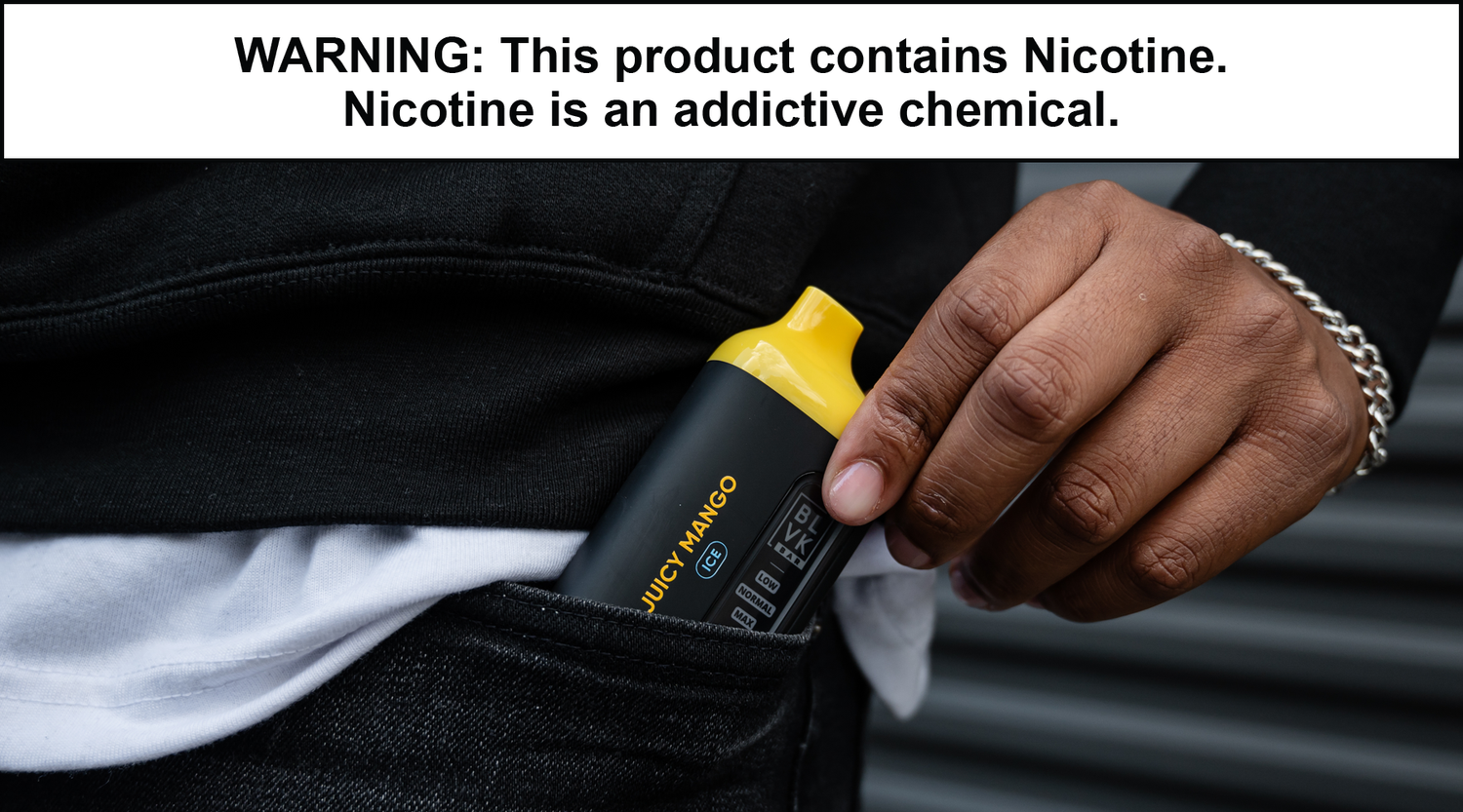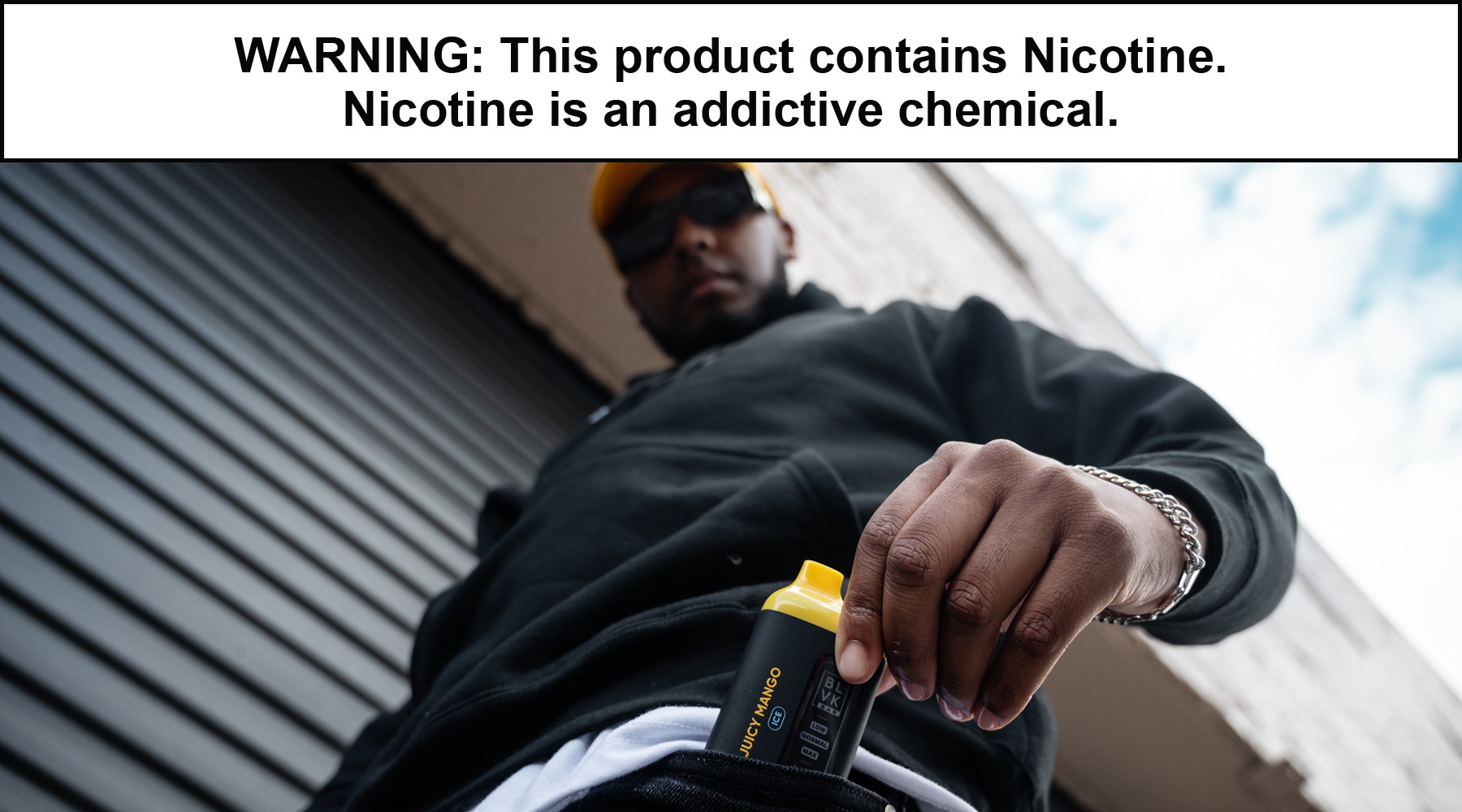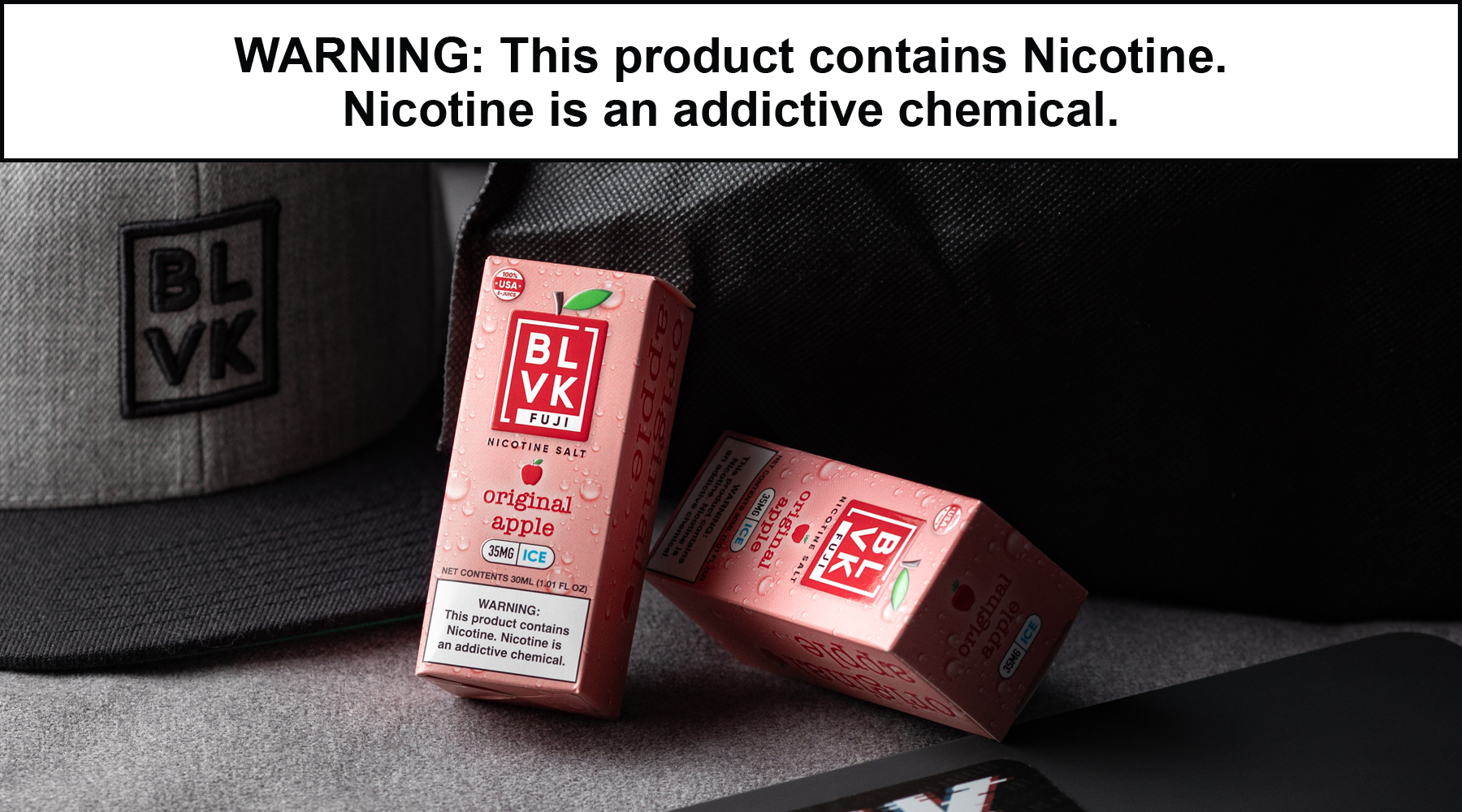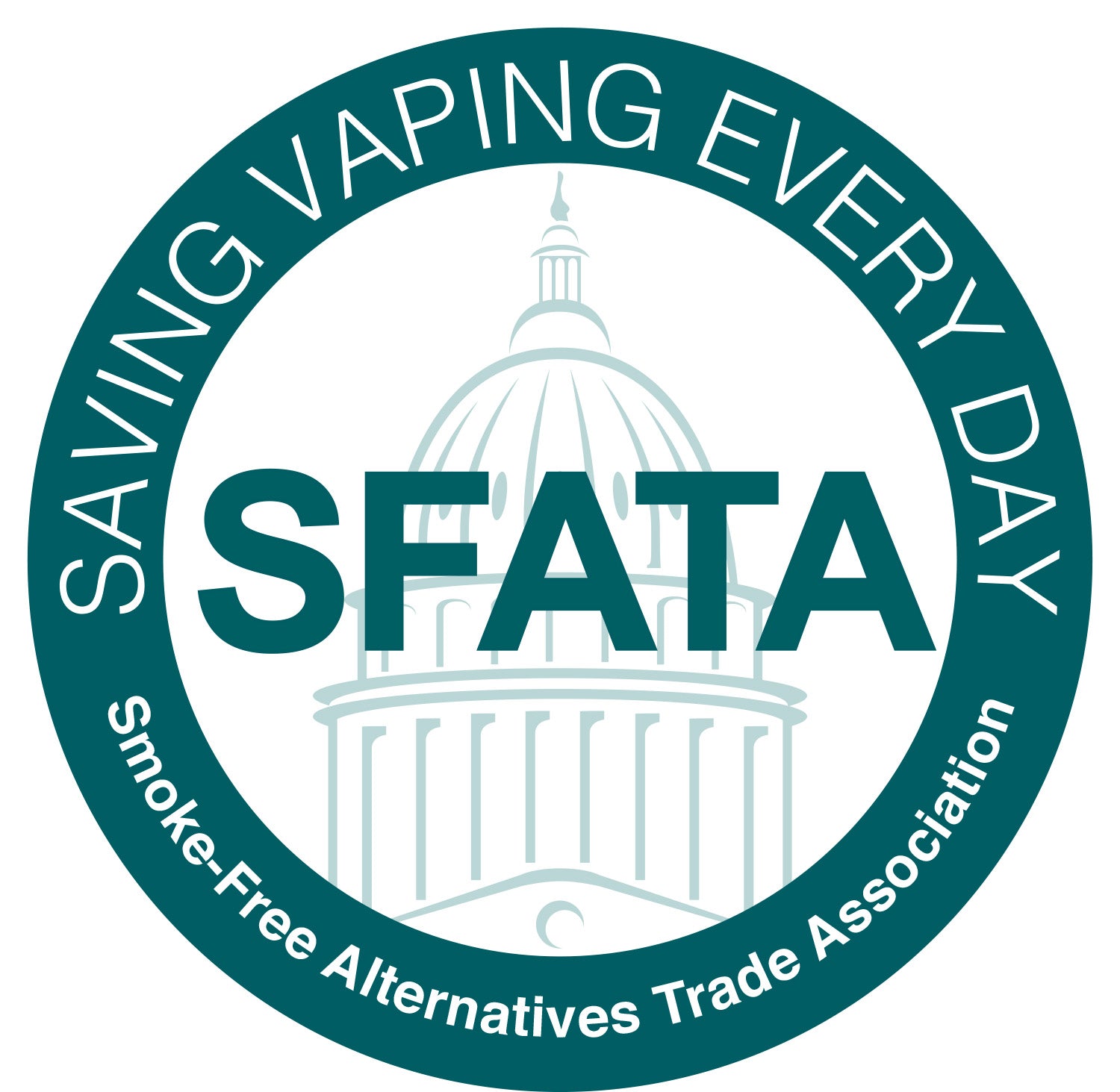The issue of secondhand exposure has long since held both misconceptions and blurred lines. As users seek alternatives to smoking, the switch to vaping electronic cigarettes becomes more of a focal point. This shift, however, comes the need to dispel myths and clarify distinctions. That does particularly when it comes to secondhand exposure.
Our guide here aims to unravel the truths behind secondhand vapor and secondhand smoke. We'll provide clarity in a landscape often clouded by misinformation. May you want to quit smoking, and you're looking at vaping as an alternative. You could want to explore the quitting smoking timeline. Or, maybe you're simply curious about the differences between secondhand vapor and smoke. Regardless, join us as BLVK E-Liquid illuminates a path towards a smoke-free future.
- Understanding Secondhand Smoke
First, let's look into the intricacies of secondhand smoke. It's an often underestimated byproduct of traditional cigarette consumption.



Composition of Secondhand Smoke
Traditional cigarette smoke is a complex mixture of over 7,000 chemicals. The composition of secondhand smoke reflects this intricate blend. Among these thousands of compounds, researchers recognize more than 250 as harmful. They identify over 60 compounds as carcinogens, with the most notorious ones including carbon monoxide, formaldehyde, benzene, and ammonia.
When tobacco combusts, like when lighting up a cigarette, these substances form a toxic concoction. The mixture poses severe health risks to active smokers and those exposed to secondhand smoke alike.
A Snapshot of Harmful Compounds in Traditional Cigarette Smoke
- Carbon Monoxide (CO): A colorless, odorless gas that interferes with the body's ability to transport oxygen. Exposure to carbon monoxide is a significant concern for those inhaling secondhand smoke.
- Formaldehyde: A known carcinogen, formaldehyde is released during the combustion of tobacco. It's presence in secondhand smoke raises alarm bells for potential health consequences.
- Benzene: A volatile organic compound associated with leukemia and other blood-related disorders, Benzene is found in elevated levels in traditional cigarette smoke.
- Ammonia: A compound that enhances the addictive nature of nicotine. Ammonia released during the burning of tobacco. It contributes to the overall toxicity of secondhand smoke.
Studies Highlighting the Dangers of Secondhand Smoke Exposure
Scientific research consistently underscores the dangers of secondhand smoke exposure. In short, there is no safe level of exposure to secondhand cigarette smoke. Even brief exposure can cause immediate harm. Nonsmokers inhale many of the same toxic substances as active smokers during secondhand.
Countless organizations, including the U.S Surgeon General, classify secondhand smoke as a Group 1 human carcinogen. That signifies its potential to cause cancer in humans.
Health Risks of Secondhand Smoke
Exposure to secondhand smoke is far from benign. It carries a multitude of documented health risks. These extend well beyond the immediate hazards faced by active smokers.
The inhalation of secondhand smoke links to a range of adverse health outcomes. These outcomes affect individuals of all ages. It's crucial to look at established health risks from exposure to secondhand smoke. We'll draw on insights from reputable health organizations and scientific studies.
Cardiovascular Risks
The impact of secondhand smoke on cardiovascular health is severe and well-documented. Nonsmokers exposed to secondhand smoke experience an increased risk of heart disease and stroke. The harmful chemicals present in the smoke contribute to the narrowing of blood vessels. That leads to elevated blood pressure and a heightened likelihood of cardiovascular events.

Respiratory Issues
Both children and adults face a higher risk of respiratory problems from exposure to secondhand smoke. These conditions include asthma, bronchitis, and pneumonia. They're prevalent among those regularly breathing in cigarette fumes. Children, in particular, are more susceptible to impaired lung function. They may also have an increased risk of respiratory infections from secondhand smoke.
Cancer Risk
Perhaps one of the most alarming aspects of secondhand smoke exposure is its established link to cancer. The International Agency for Research on Cancer (IARC), a branch of the World Health Organization (WHO), classifies secondhand smoke as a Group 1 human carcinogen. This classification underscores the evidence that exposure to secondhand smoke causes cancer in human. That comes with a heightened risk of lung cancer being particularly notable.
Reproductive and Developmental Effects
Pregnant women exposed to secondhand smoke face a higher risk of reproductive and developmental issues. Complications such as low birth weight, pre-term birth, and sudden infant death syndrome (SIDS) are more prevalent in infants born to mothers exposed to secondhand smoke during pregnancy.
Secondhand Vapor: Unveiling the Truth
Now, we transition from the dense clouds of traditional smoke to the wisps of e-cigarette vapor. It's important to understand the differences between the two. That comes down to both its composition and potential risks. Let's explore this handy alternative to traditional cigarette smoking. We can better understand why it's used to help people kick the stinkies.

Composition of Secondhand Vapor
Electronic cigarettes emit vapor that consists of water, propylene glycol, vegetable glycerin, flavorings and nicotine (if present). These components work together to create the visible vapor that dissipates, leaving behind a subtle trace of aroma. Studies show the substances in secondhand vapor are fewer and less harmful than what is present in cigarette smoke.
Reduced Harmful Compounds
One of the most impactful advantages of secondhand vapor is that is has fewer harmful compounds compared to traditional smoke. Research consistently demonstrates the toxic substances in e-cigarette vapor are lower. That helps to minimize the potential risks associated with secondhand exposure. These studies help emphasize the positive shift toward a safer smoking alternative.
Closing Thoughts
The impact of the latest research on secondhand exposure is evident here. Knowing the distinctions between smoke and vapor is crucial for fostering an informed decision. And at BLVK, it's our collective responsibility to help dispel current misconceptions about e-cigarettes.
Knowledge is a powerful tool. By sharing this information, you play a role in educating others about the differences between secondhand vapor and smoke. We can only dispel the myths surrounding vapes as a collective. We're here to champion accurate information.
BLVK E-Liquid: Your Partner in Reduced Harm Alternatives
At the forefront of providing reduced harm alternatives, BLVK E-Liquid stands as a beacon in the vaping community. We have a true commitment to the quality and safety of our products. These products help contribute to a more-smoke-free environment. We offer a wide range that caters to a diverse array of preferences.










Leave a comment
This site is protected by hCaptcha and the hCaptcha Privacy Policy and Terms of Service apply.